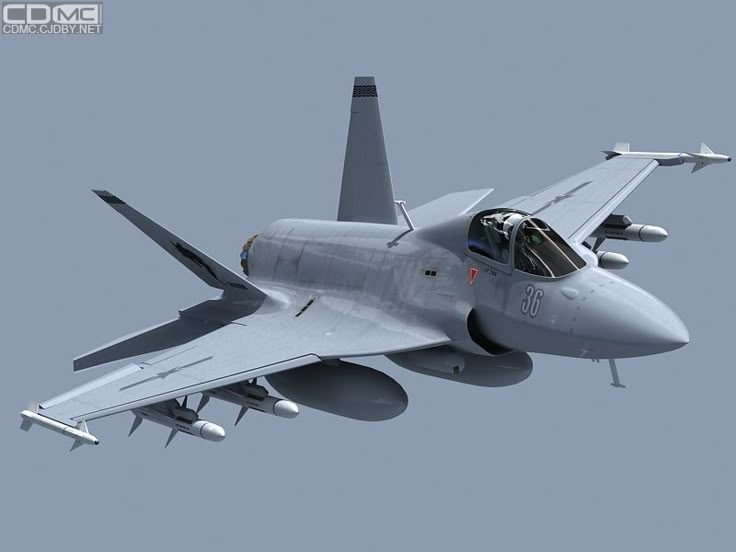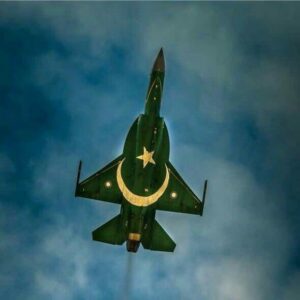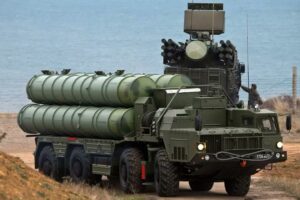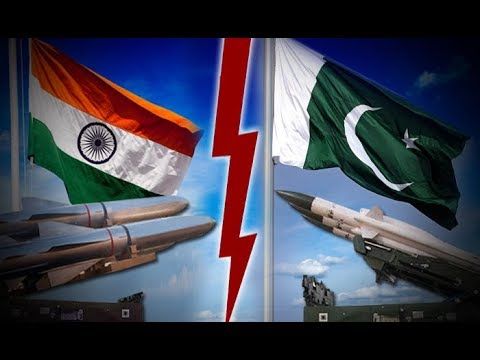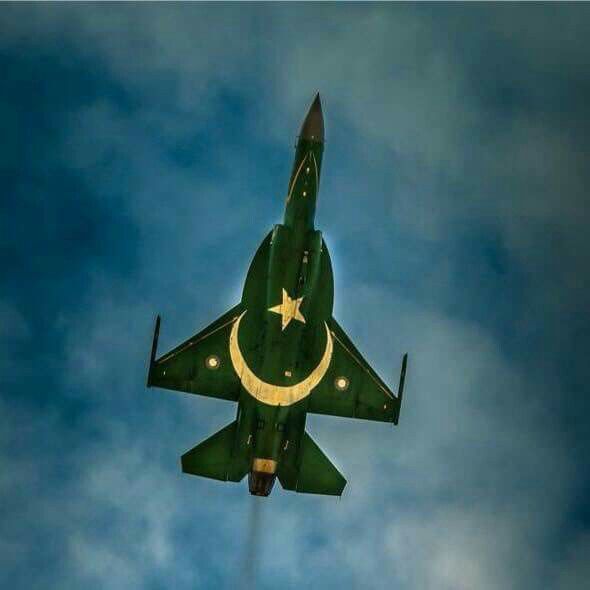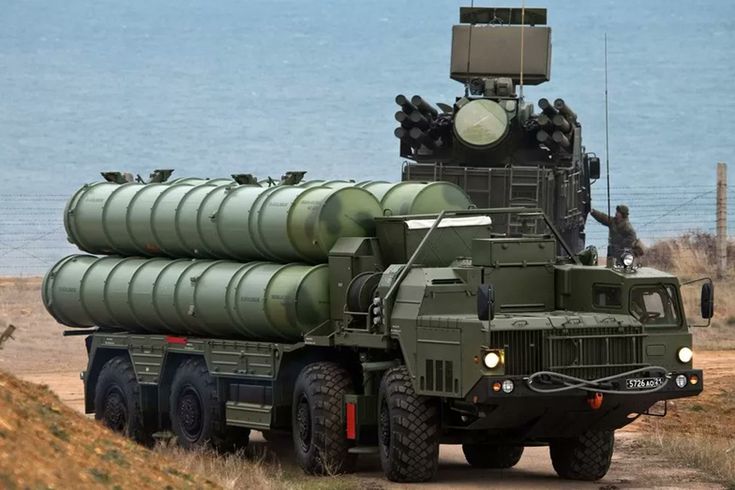The JF-17 Thunder, known as FC-1 Xiaolong in China, is a lightweight multi-role combat aircraft jointly developed by the Pakistan Aeronautical Complex (PAC) and Chengdu Aircraft Corporation (CAC) of China. This is a milestone achievement for Pakistan’s defense industry, as it displays its increasing ability to design, produce, and maintain sophisticated military aircraft.
Development and Purpose
The JF-17 program was started in the 1990s for the purpose of replacing the old fleets of combat jets such as the Mirage III and F-7s of the Pakistan Air Force (PAF). Pakistan was looking for a modern, low-cost aircraft that would serve both air-to-air and air-to-surface purposes. The JF-17 was designed to be low-cost but still capable of rivaling more costly Western aircraft with the help of China.
The first prototype made its maiden flight in 2003, and the aircraft started its operational service with the PAF in 2007. Its design has undergone various improvements since then, and it now has newer blocks (Block I, II, and III), with Block III providing enhanced avionics, AESA radar, and electronic warfare capabilities.
Design and Capabilities
The JF-17 is equipped with a single Russian RD-93 turbofan engine and has a top speed of Mach 1.6. Its advanced design features:
- Multirole capabilities – Able to perform air superiority, ground attack, and reconnaissance missions.
- Advanced avionics – Featuring digital fly-by-wire controls, a glass cockpit, and helmet-mounted sights.
- Weapon systems – Equipped with a range of air-to-air and air-to-surface missiles, guided bombs, and a 23mm cannon.
- Operational flexibility – Compatible with both Western and Chinese weapon systems.
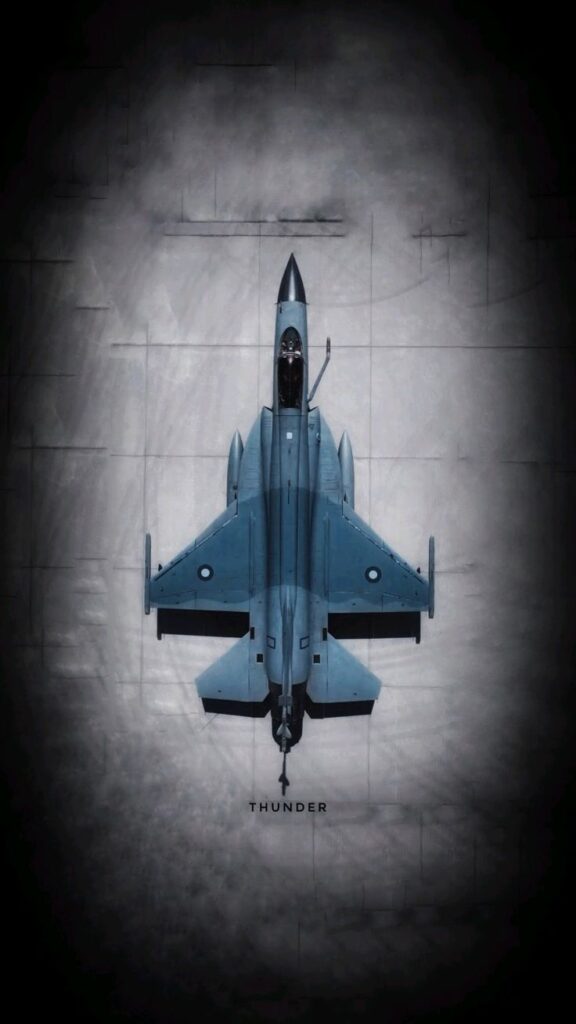
Block III further increases its competitiveness with capabilities such as an Active Electronically Scanned Array (AESA) radar, infrared search and track (IRST), and advanced electronic countermeasures.
Operational History
The JF-17 has been in active use in the Pakistan Air Force and has also seen combat duty. It was used during Pakistan’s retaliatory air strike following the Balakot incident in 2019. It is reportedly said to have evaded Indian radar and missile defenses, showing its viability in actual combat operations.
International Export
The affordability and versatility of the JF-17 have made it appealing to developing nations seeking modern combat aircraft at a lower cost. Countries like Myanmar, Nigeria, and Azerbaijan have shown interest or already operate the JF-17, while others, including Malaysia, Iraq, and Argentina, have considered it.
Strategic Significance
For Pakistan, the JF-17 is not only a fighter aircraft but a symbol of self-sufficiency and the development of its indigenous defense industry. It enables Pakistan to have a competent air force without being solely reliant on foreign sources. Furthermore, the export viability of the aircraft also adds to the national economy and enhances defense relationships with other nations.
